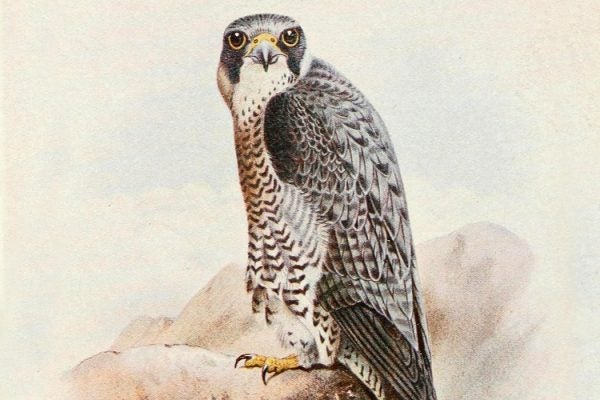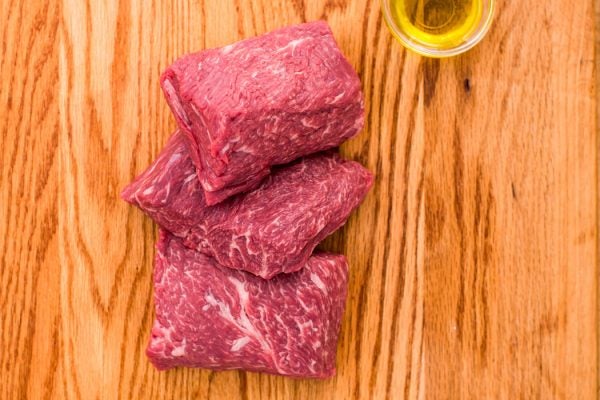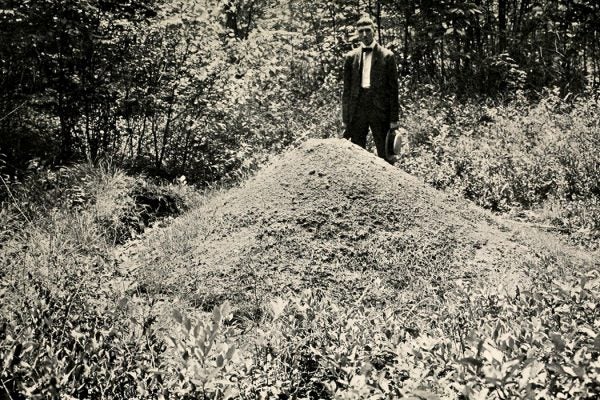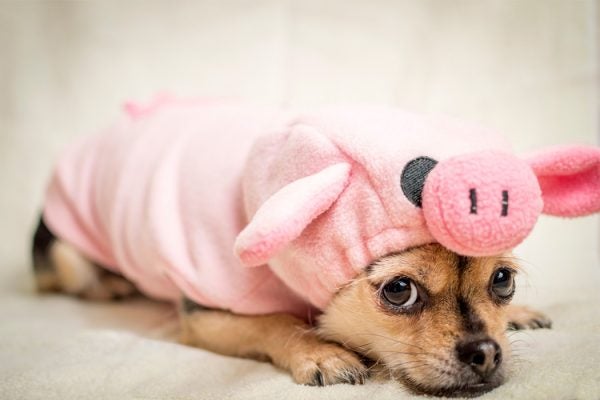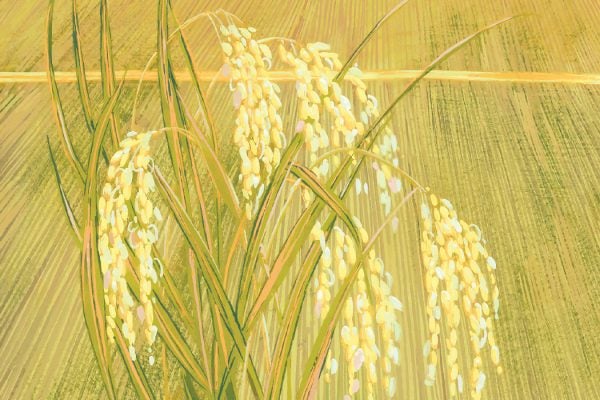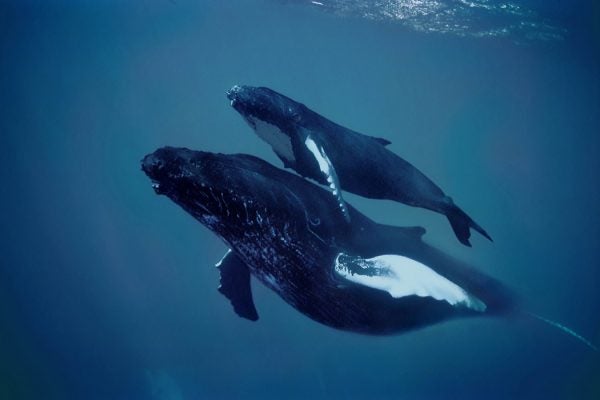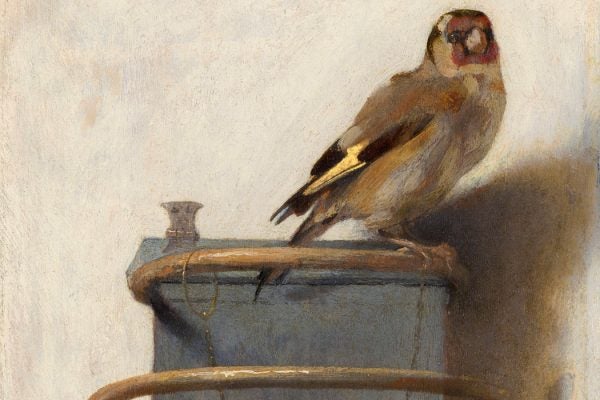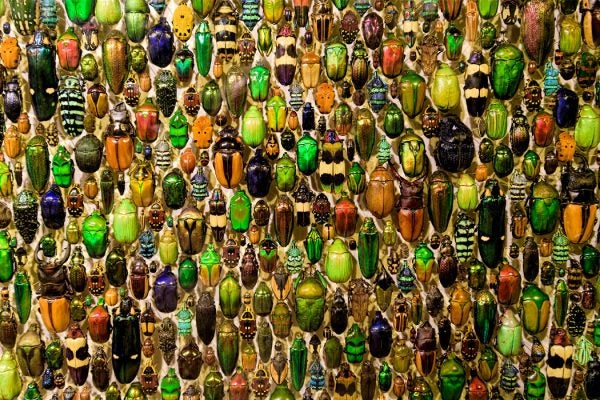The Case of the Thinning Eggshells
How the proliferation of pesticides like DDT almost undid the Peregrine falcon.
How to Carve Up a Cow, Sustainably
The industrial method of meat harvesting wastes a lot of food. Eco-conscious butchers are changing that.
I Spent Three Hours Staring at an Anthill
And all I got were these fascinating observations of parasitic ants that kidnap other ants.
Where the Small Fish Clean the Bigger Ones
A "cleaner station" is a sort of undersea business, a place where large, often predatory, fish go to have parasites removed.
Does My Dog Really Feel Shame?
A Curious Reader asks: When my dog gets that “hang dog” expression after I scold her for misbehavior, is she really ashamed?
The Ethics of Research on Captive Dolphins
Researchers say that dolphins are so smart that captivity causes them psychological harm. But getting data in the open ocean can be tricky.
Wild Rice’s Refusal to Be Domesticated
The reality of wild rice defeated the best efforts of Europeans to domesticate it.
The Cultural Differences in Humpback Whale Songs
One group of researchers found distinct differences among songs from groups of humpback whales that are geographically isolated from each other.
The Rise and Fall of the Pet Bird
Pet birds were considered ideal role models for middle-class life.
The Race to Name New Species
Habitats are being destroyed so rapidly that species can go extinct before they are even named.
